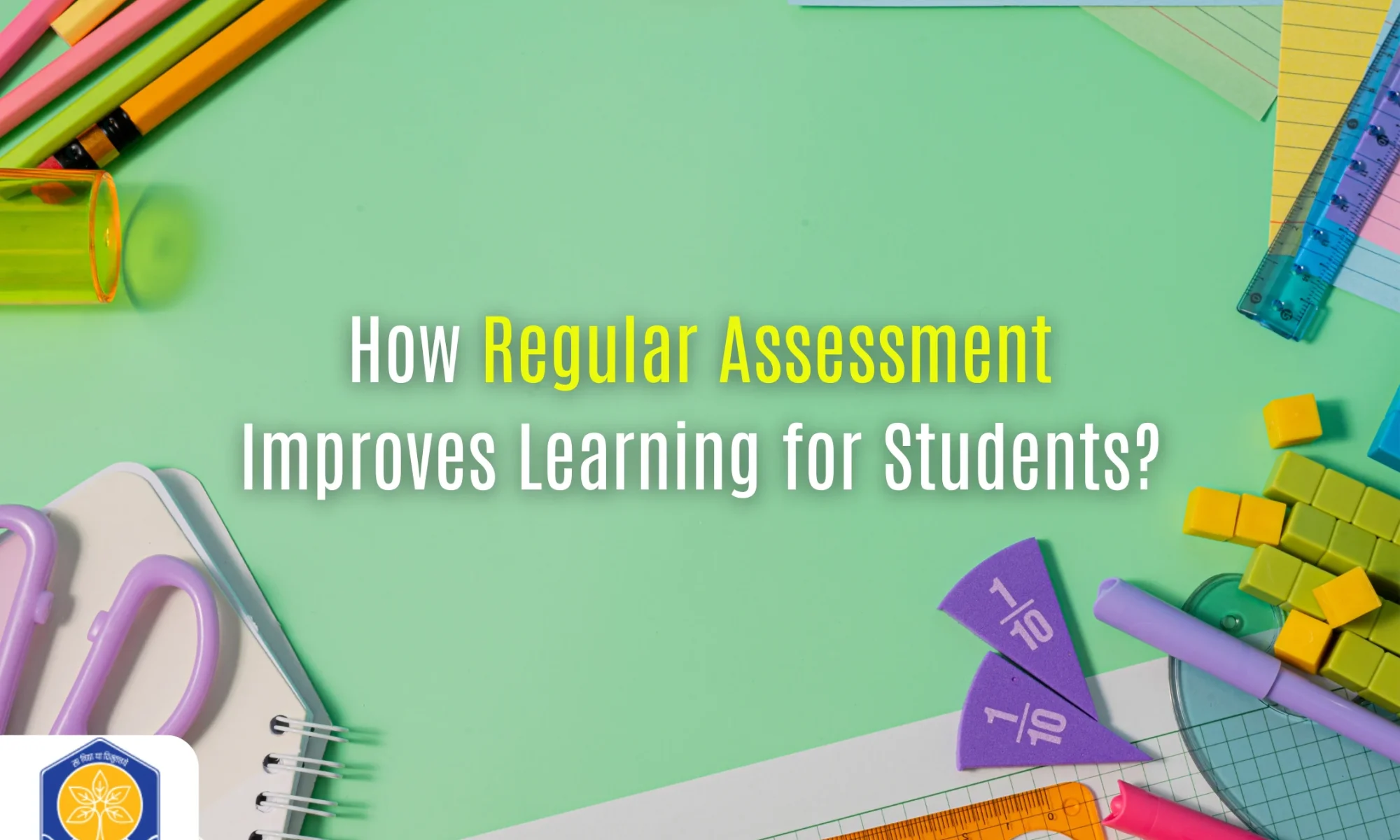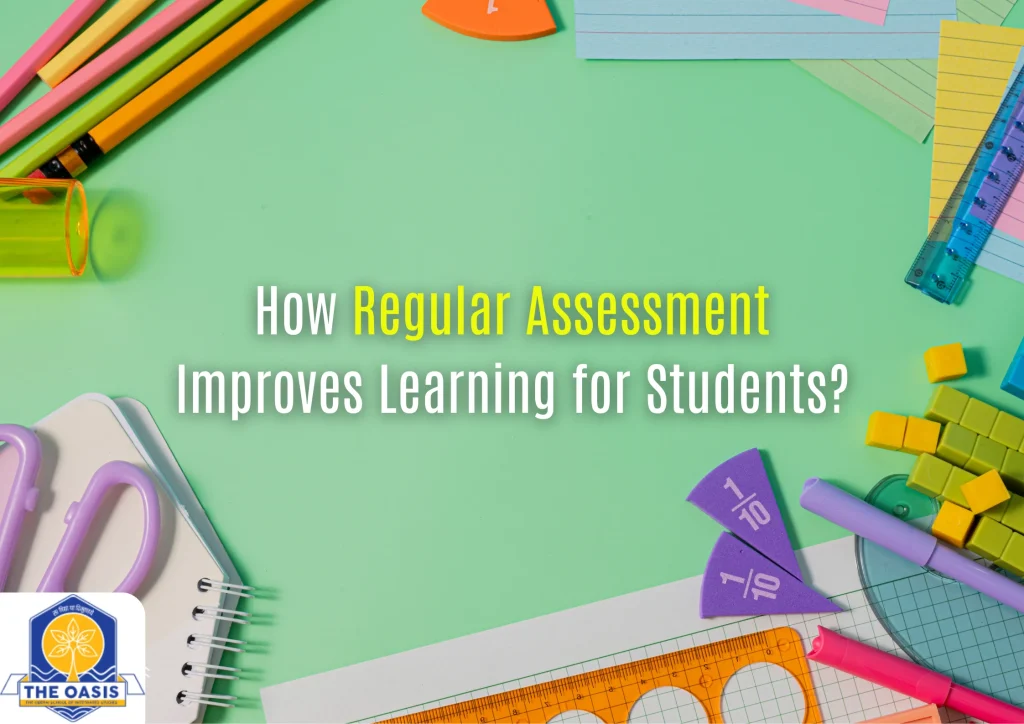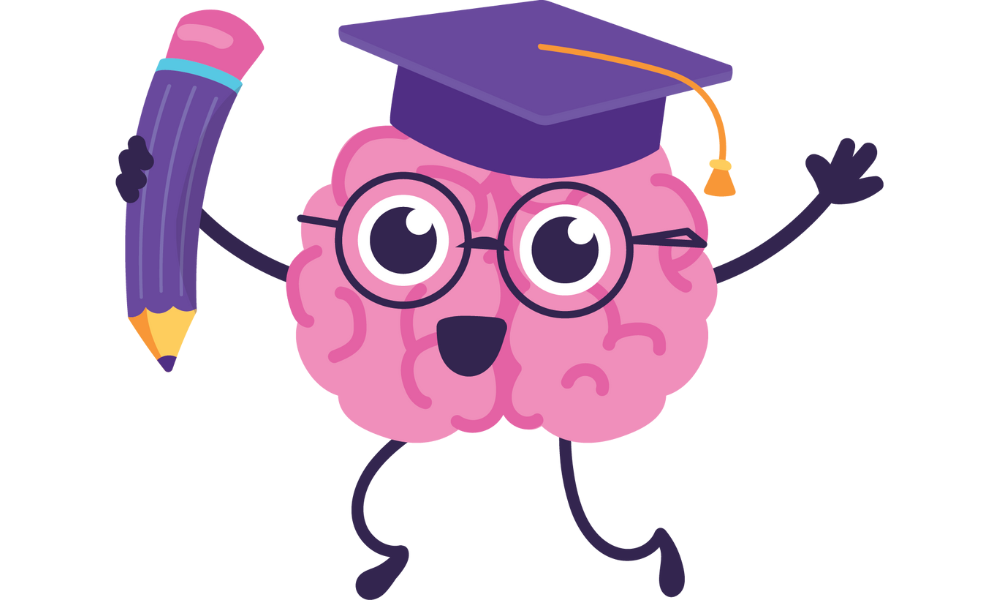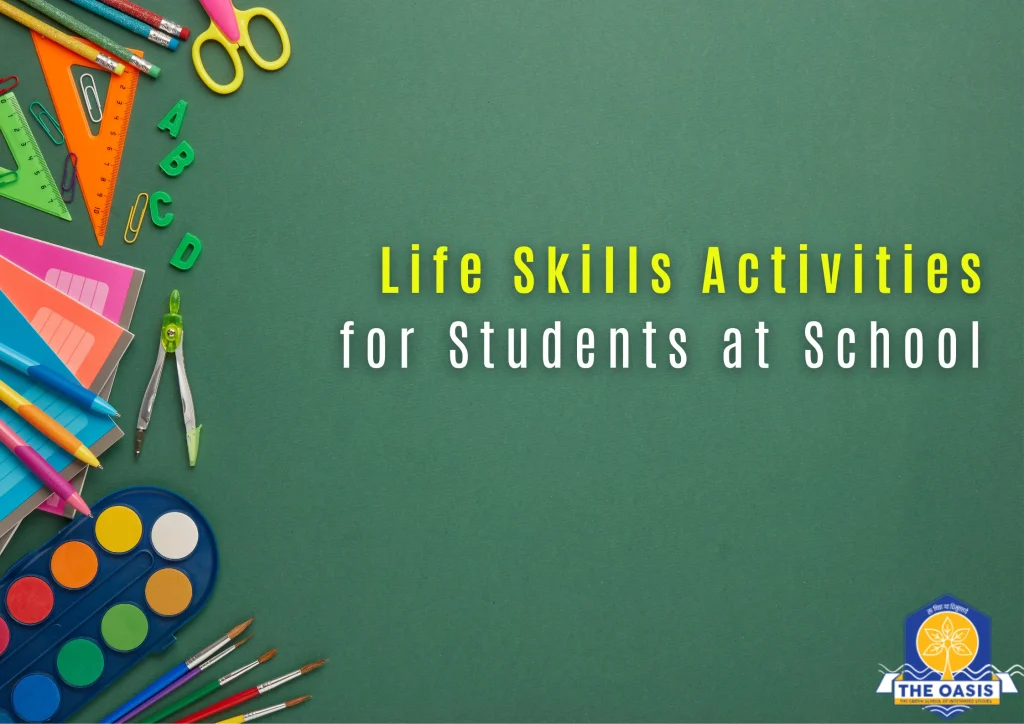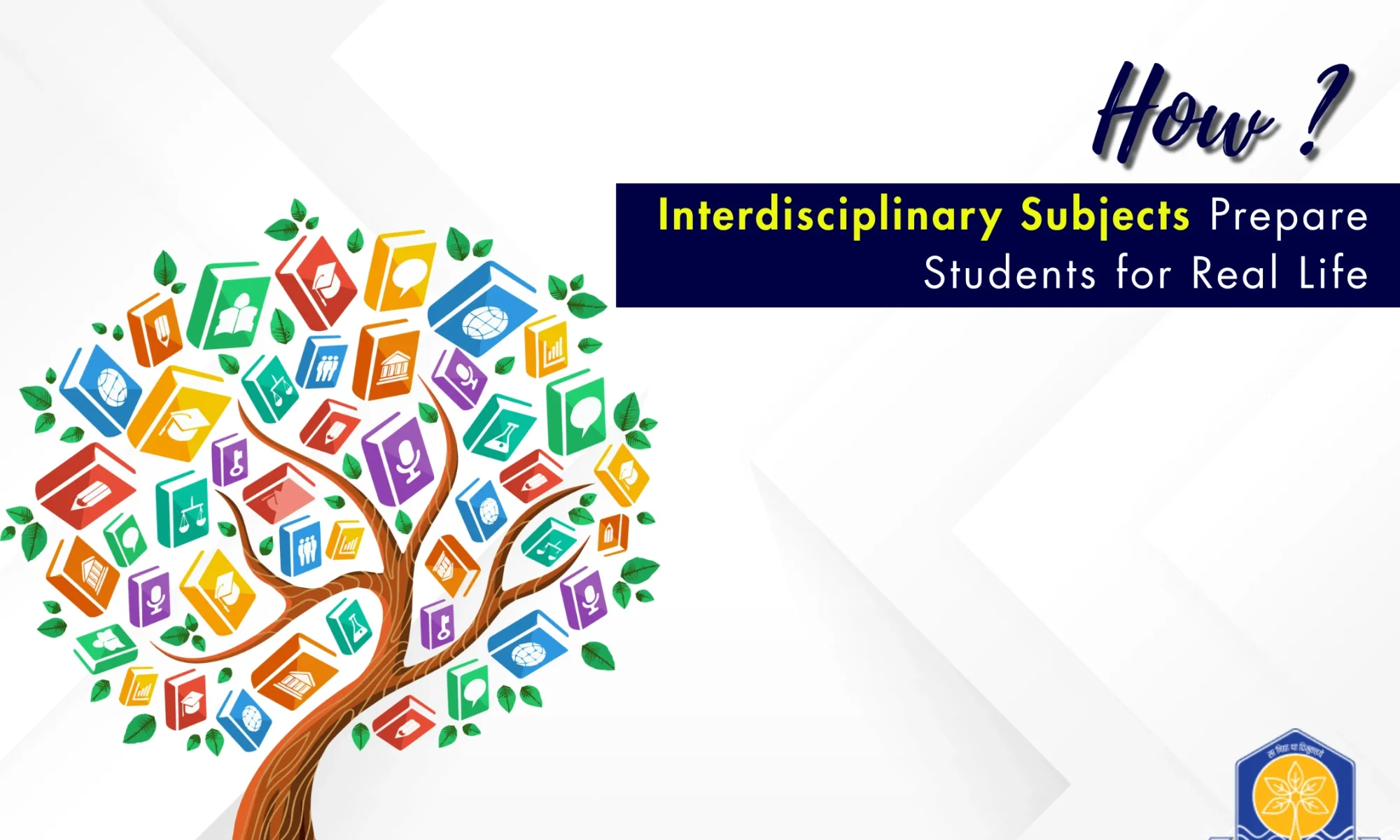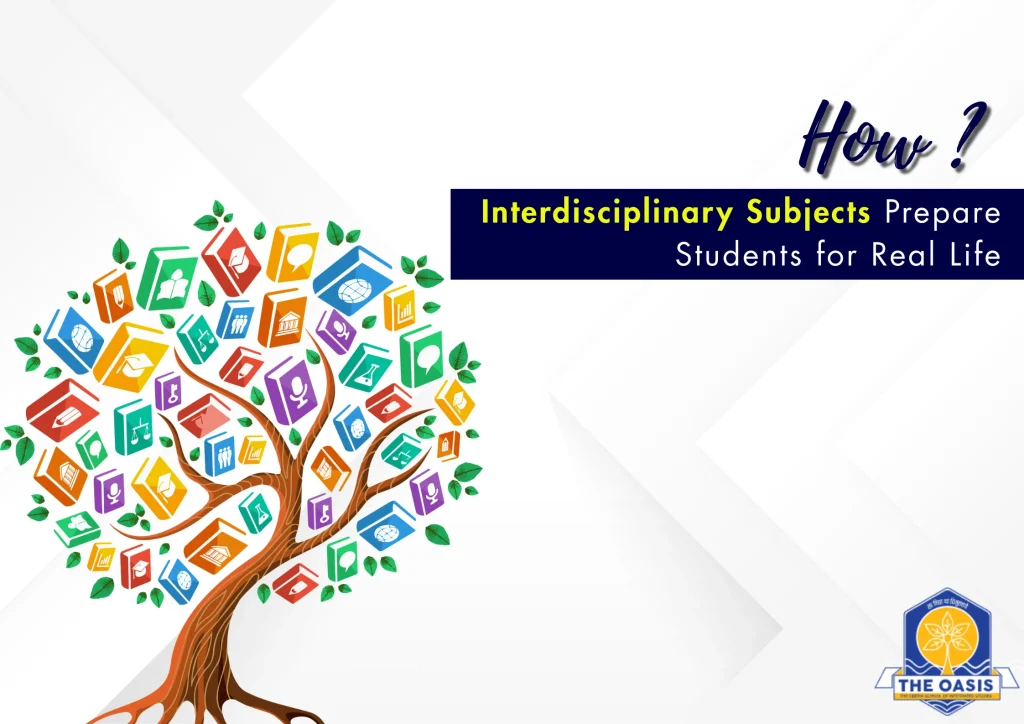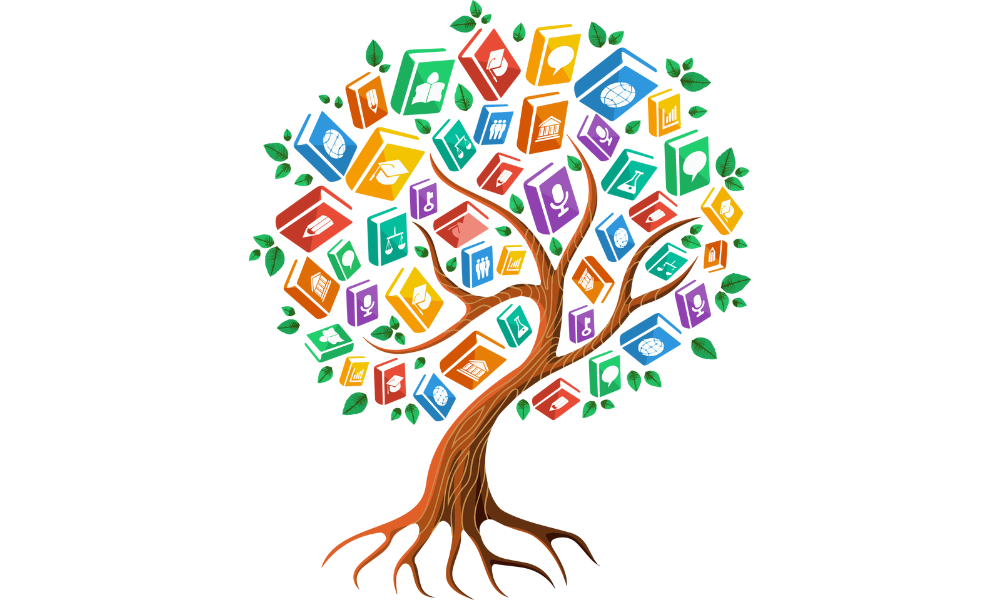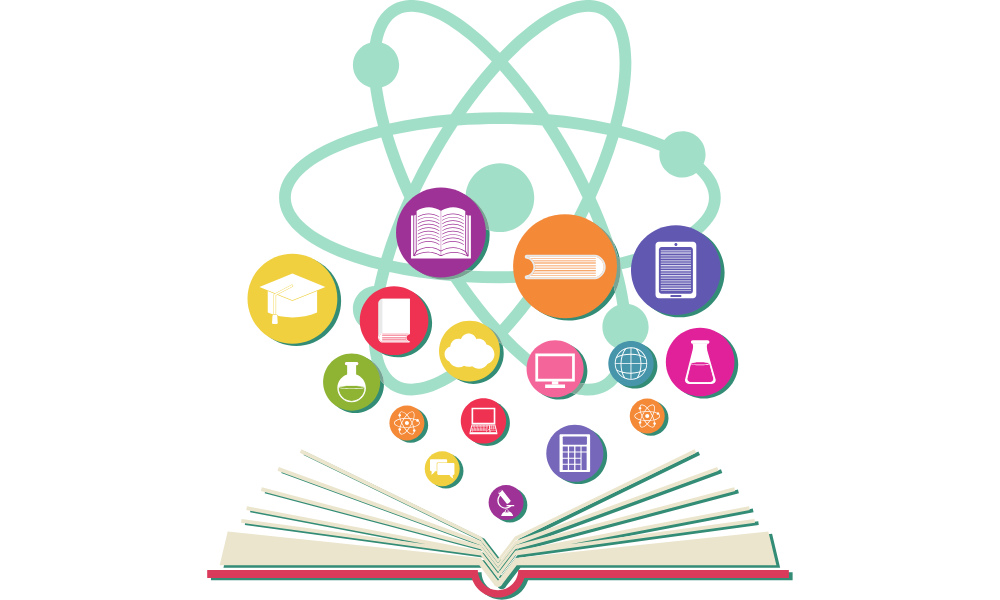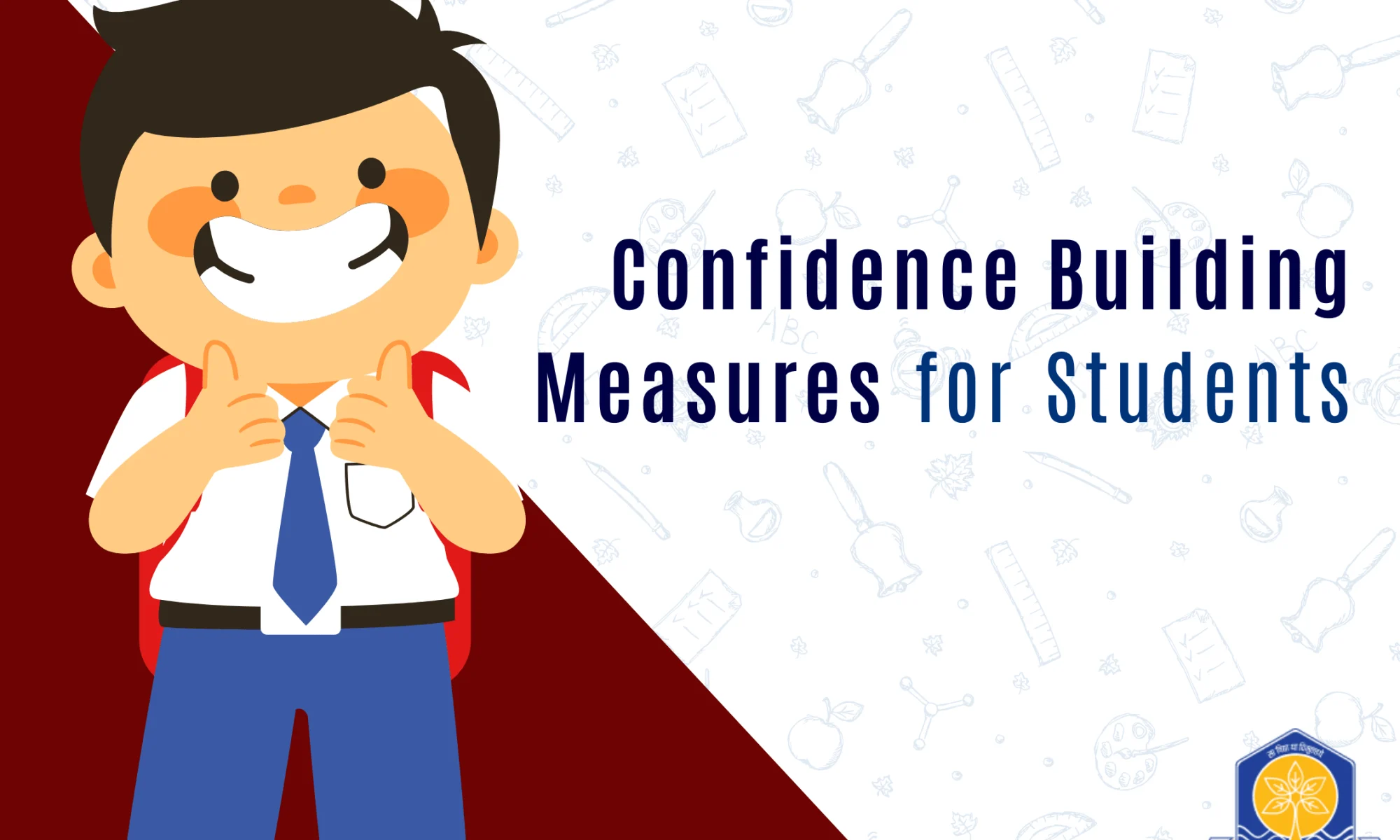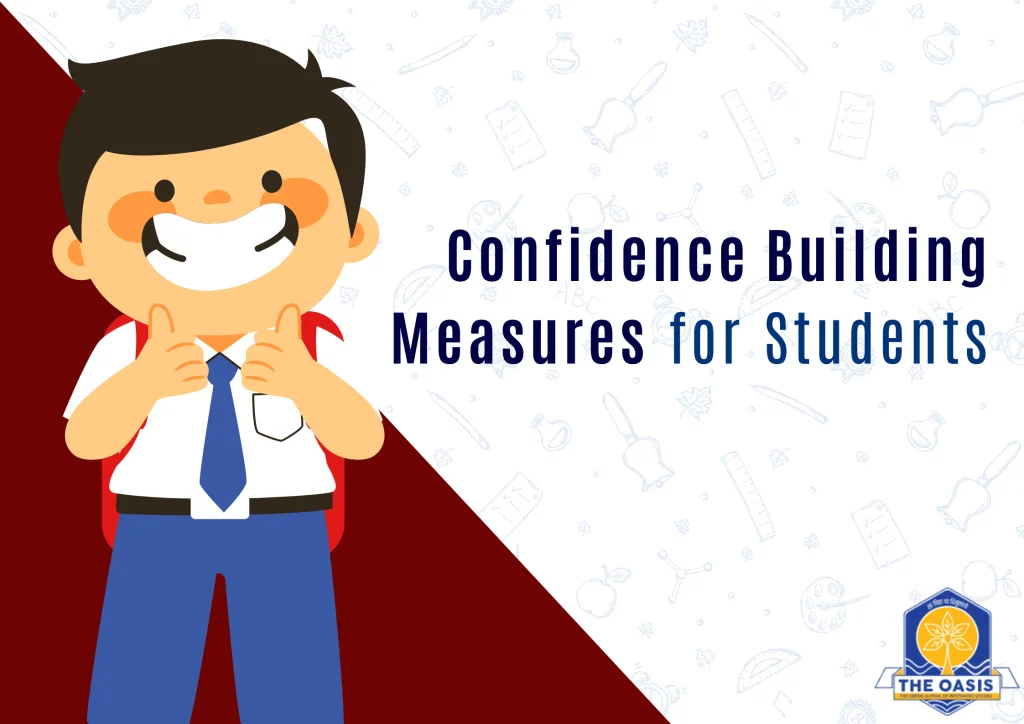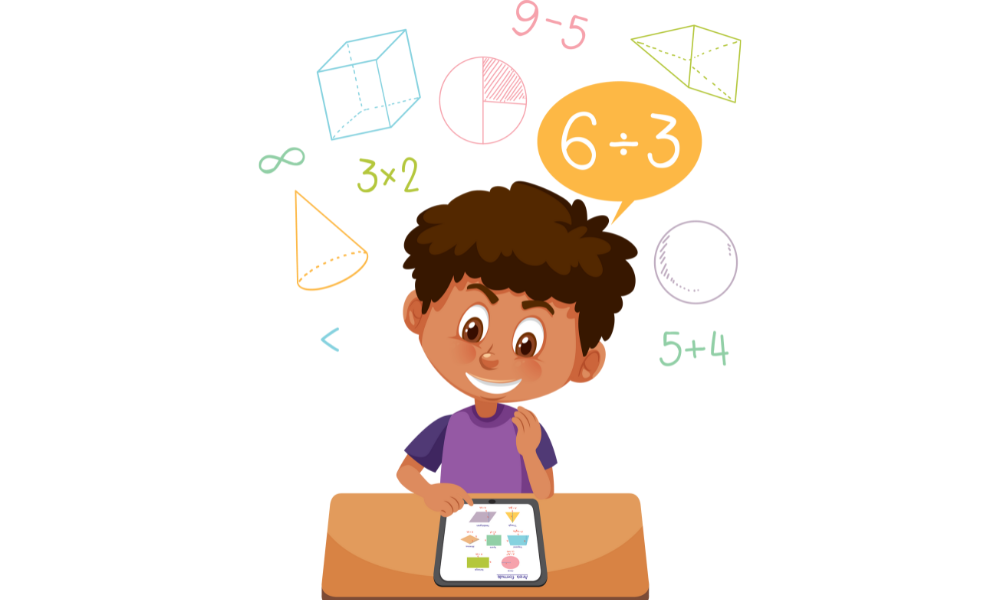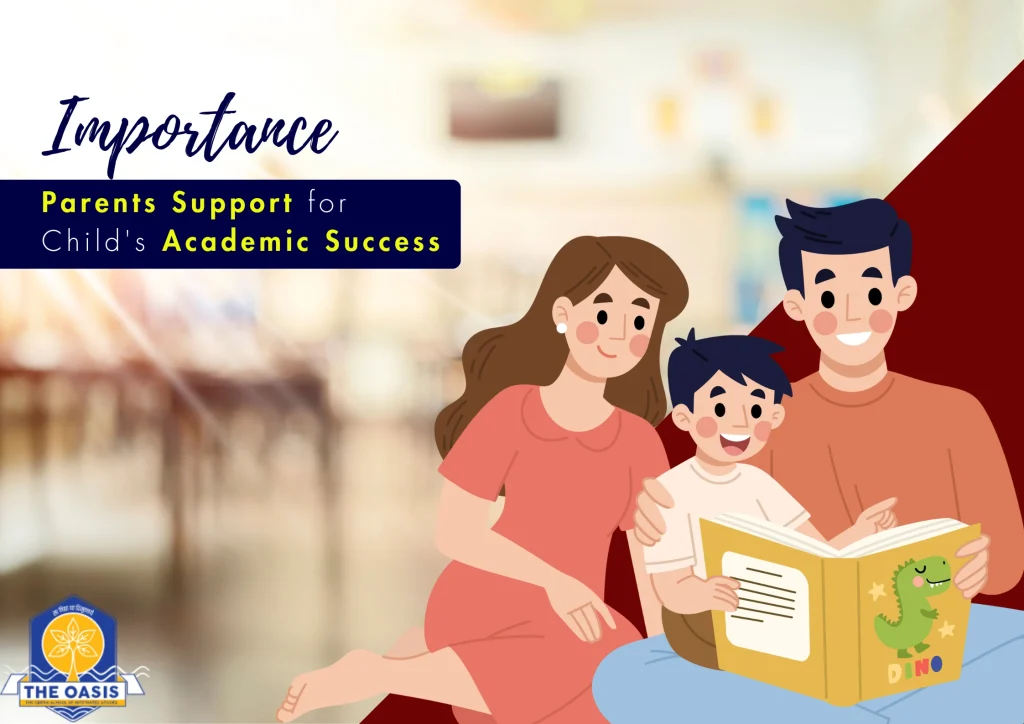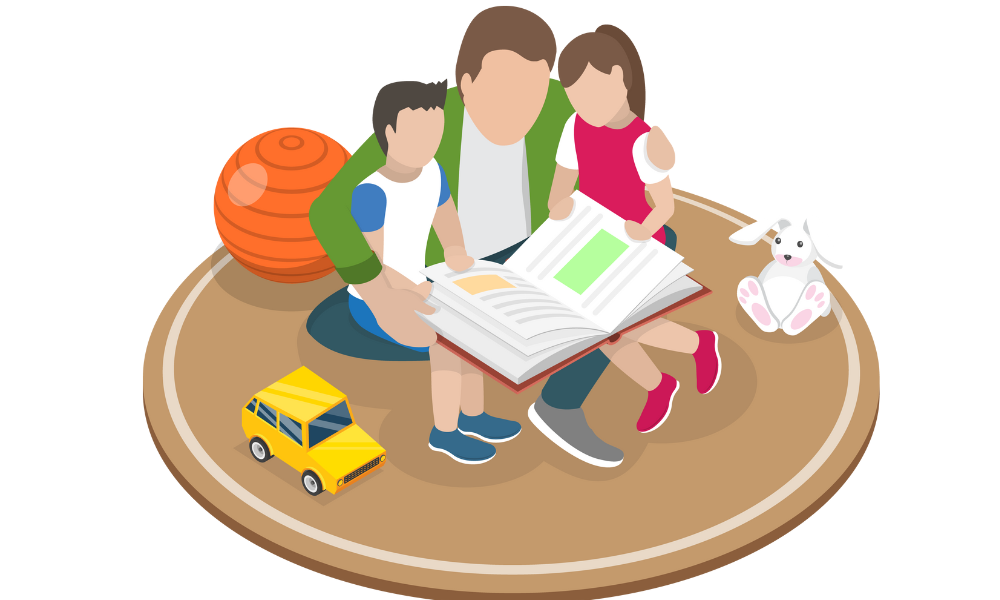
Summer camps are more than just a seasonal escape—they’re a dynamic learning experience. Especially in Boys Boarding Schools, where structured education meets holistic development, the summer break offers a golden opportunity to introduce transformative, skill-building activities. This is where innovative Summer Camp Ideas come into play.
For institutions looking to boost engagement and character-building, integrating thoughtfully designed summer camps can make a remarkable difference in shaping confident, well-rounded individuals. Especially in regions known for educational excellence—like the Best Boys Boarding Schools in Dehradun, the focus on experiential learning through camps is gaining momentum.
This article explores the best Summer Camp Ideas tailored for boys, designed to support physical growth, emotional intelligence, creativity, teamwork, and leadership—all aligned with today’s educational and developmental standards.
Summer Camp Ideas are:

1. Outdoor Adventure and Survival Skills Camp
One of the most exciting Summer Camp Ideas is an outdoor adventure program. Designed to build resilience, teamwork, and self-reliance, this camp takes students out of their comfort zones and into nature.
Key Activities:
- Trekking, rock climbing, and rappelling
- Tent-pitching and wilderness survival training
- Fire-building, map reading, and compass navigation
- Team-based obstacle challenges
These activities instill courage, strategic thinking, and a deep appreciation for nature, making them ideal for boys who thrive in hands-on, physical environments.
2. Robotics and STEM Exploration Camp
Today’s students need to be future-ready. Robotics and STEM-themed summer camps bring an exciting blend of science, technology, and creativity, making this one of the most effective Summer Camp Ideas for boys boarding schools with academic excellence in mind.
Focus Areas:
- Building and coding robots
- Hands-on electronics and circuitry
- Introduction to AI and machine learning
- Real-world problem-solving through design thinking
Not only do these camps fuel curiosity, but they also enhance logical reasoning and computational skills.
3. Sports Leadership and Fitness Bootcamp
Physical activity is critical during adolescence, but coupling it with leadership training adds an extra layer of value. Sports-centric Summer Camp Ideas not only keep students physically active but also teach discipline, coordination, and team dynamics.
Camp Elements Include:
- Multi-sport training (football, cricket, basketball)
- Morning fitness routines and endurance workouts
- Leadership talks by professional athletes or coaches
- Team strategy games to promote collaboration and communication
This type of summer camp develops not just athleticism but also a competitive yet cooperative spirit among peers.
4. Creative and Performing Arts Camp
Art fuels imagination, and boys often flourish when given the space to explore it freely. Integrating creative expression into Summer Camp Ideas gives students the chance to discover talents beyond the academic spectrum.
Possible Modules:
- Theatre and improvisation workshops
- Music production and instrument training
- Creative writing, poetry slams, and storytelling
- Drawing, painting, and digital art sessions
These camps nurture emotional expression, communication skills, and self-confidence.
5. Coding, App Design & Game Development Camp
In a tech-driven era, digital literacy is a must. Camps focused on app building and game development are increasingly popular Summer Camp Ideas because they blend education with excitement.
What Students Learn:
- Programming languages (Python, Scratch, JavaScript)
- Building functional mobile apps or games
- Understanding UI/UX principles
- Pitching their digital ideas in demo day sessions
This camp taps into both logic and creativity, making it a perfect option for boys with an interest in tech or entrepreneurship.
6. Community Service and Sustainability Camp
Teaching empathy and social responsibility is as important as academics. Camps centered on service projects or environmental stewardship are thoughtful Summer Camp Ideas that teach boys the power of giving back.
Sample Activities:
- Organizing cleanliness drives or recycling programs
- Volunteering at local NGOs or old-age homes
- Running awareness campaigns on water conservation
- Gardening and composting projects within the school campus
These experiences help cultivate a strong sense of civic responsibility and environmental awareness.
7. Entrepreneurship and Innovation Camp
Entrepreneurship isn’t just about business—it’s about problem-solving, leadership, and creativity. Such camps are increasingly becoming top-rated Summer Camp Ideas because they expose students to real-world thinking.
Highlights Include:
- Idea generation and startup simulation
- Marketing basics and digital branding
- Budgeting, pricing, and pitch creation
- Guest sessions by young entrepreneurs
It’s an exciting and educational model that prepares students for real-life challenges while nurturing leadership from an early age.
8. Debate and Public Speaking Workshop
Public speaking is a skill that shapes future leaders. A communication-focused summer camp can empower boys to express ideas clearly, persuasively, and with confidence.
Activities Could Include:
- Daily speech practice with feedback
- Group debates on global and ethical topics
- Model United Nations (MUN) simulations
- Improvisation challenges and storytelling games
Not only does this improve verbal fluency, but it also boosts listening skills, empathy, and self-awareness.
9. Mindfulness, Yoga, and Well-being Camp
Mental health and emotional intelligence are integral to student success. A wellness-themed summer program is one of the most balanced Summer Camp Ideas that brings mindfulness into the mainstream of boarding school culture.
Camp Elements:
- Guided meditation and breathing exercises
- Daily yoga sessions and stretching routines
- Journaling and gratitude workshops
- Group sharing circles and wellness check-ins
These activities cultivate focus, reduce stress, and support emotional regulation—skills that benefit students long after camp ends.
10. Photography and Film-making Camp
Visual storytelling is an art—and a valuable skill in the digital world. Photography and video creation camps combine creativity, technical skills, and storytelling.
Camp Activities:
- Camera basics and composition techniques
- Short film scripting and direction
- Editing with software like Adobe Premiere or Canva
- Group projects and screening night
This makes for an enriching experience that teaches boys to observe, document, and communicate visually.
Frequently Asked Questions
Ques 1. What are the best Summer Camp Ideas for boys boarding schools?
Ans. Top Summer Camp Ideas include STEM camps, sports leadership, survival skills, creative arts, and mindfulness sessions.
Ques 2. Can Summer Camp Ideas include technology-based learning?
Ans. Yes, camps on coding, robotics, and game development are popular and enhance digital literacy among students.
Ques 3. Are Summer Camp Ideas suitable for all age groups in boarding schools?
Ans. Yes, camps can be tailored to different age groups with age-appropriate activities for middle and senior students.
Ques 4. Can Summer Camp Ideas be integrated into the academic curriculum?
Ans. Yes, schools often align camps with academic goals like STEM learning, language development, or life skills.
Ques 5. What are the benefits of outdoor adventure Summer Camp Ideas?
Ans. They teach survival skills, risk management, physical strength, and collaboration—all critical for adolescent growth.





